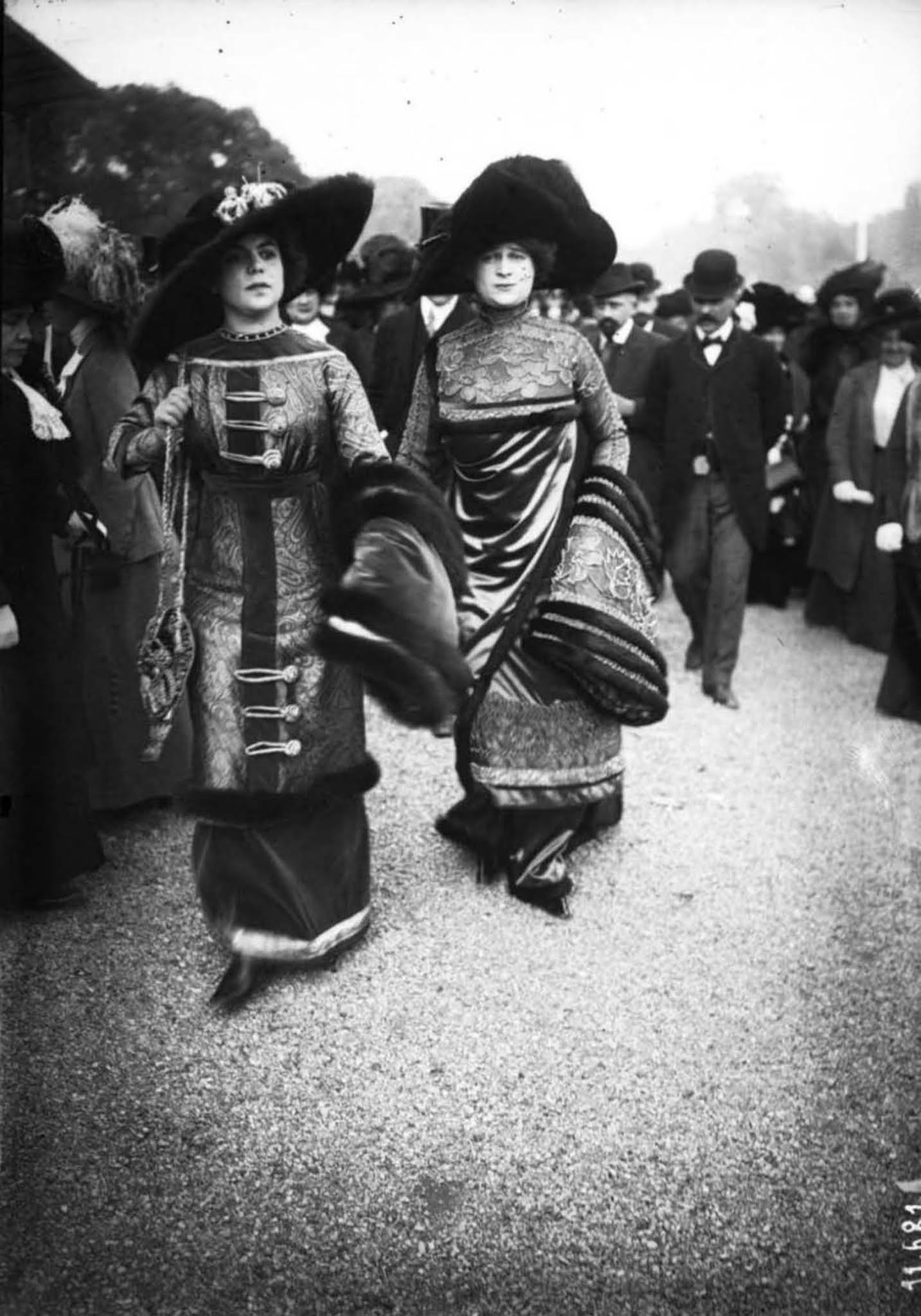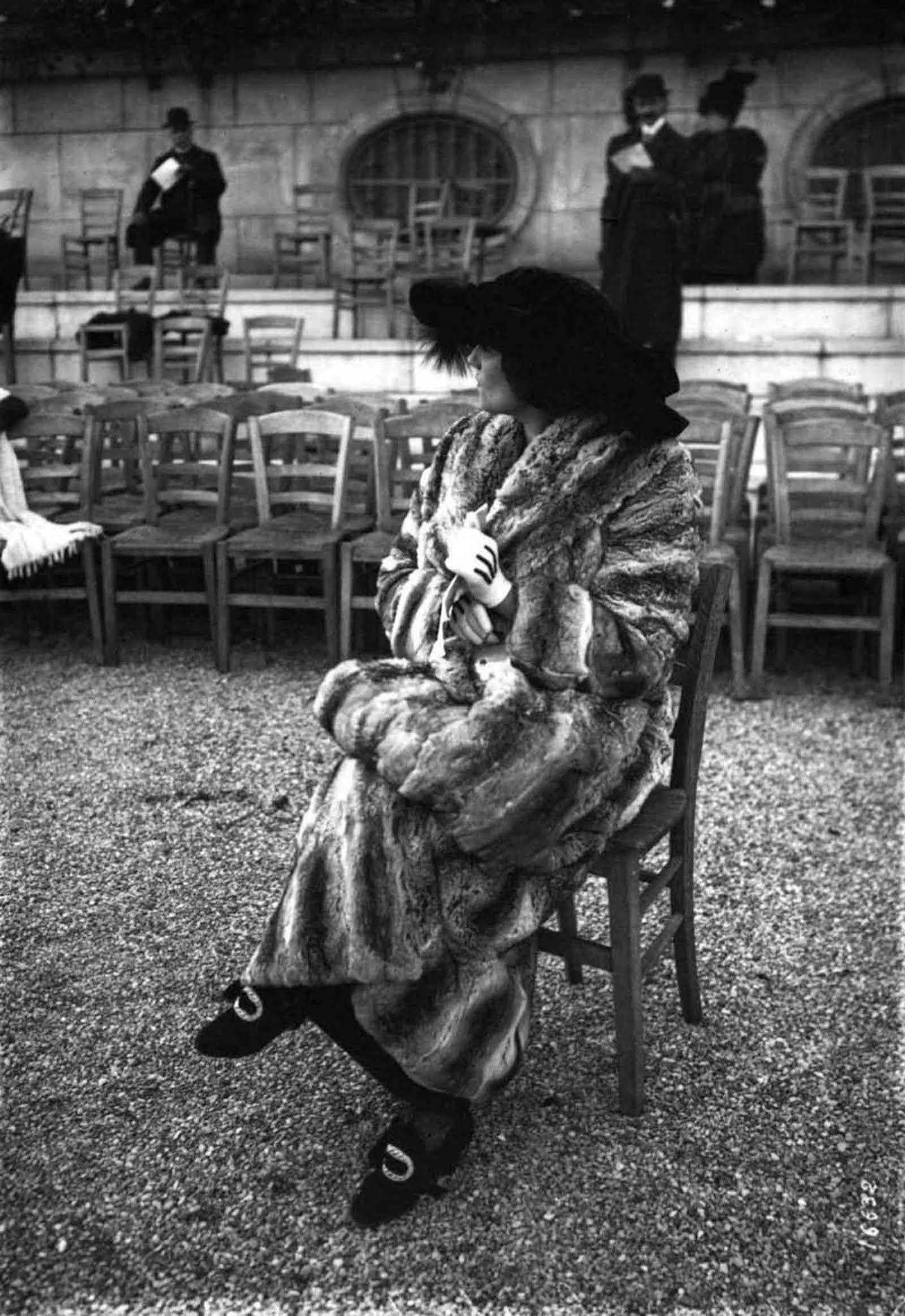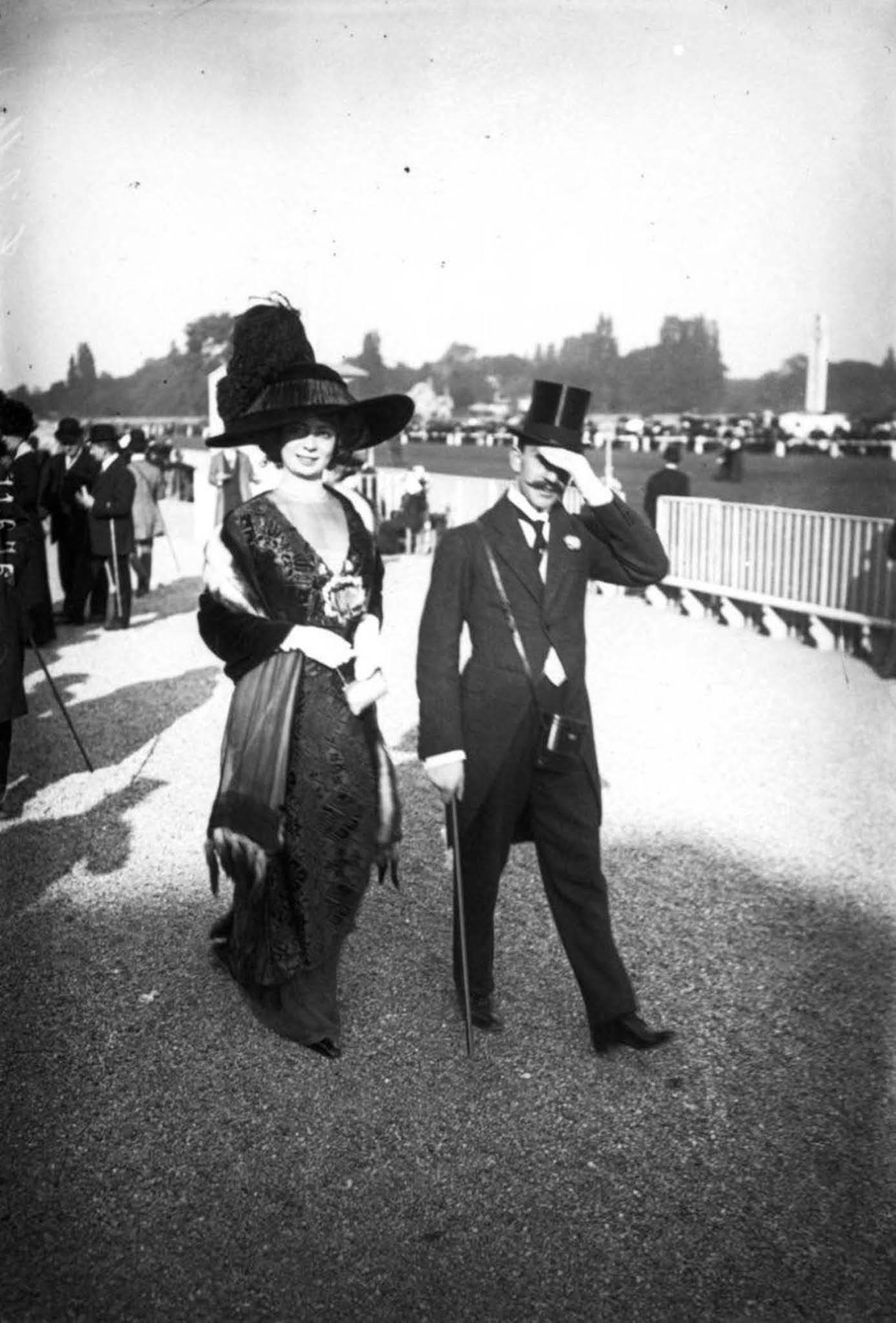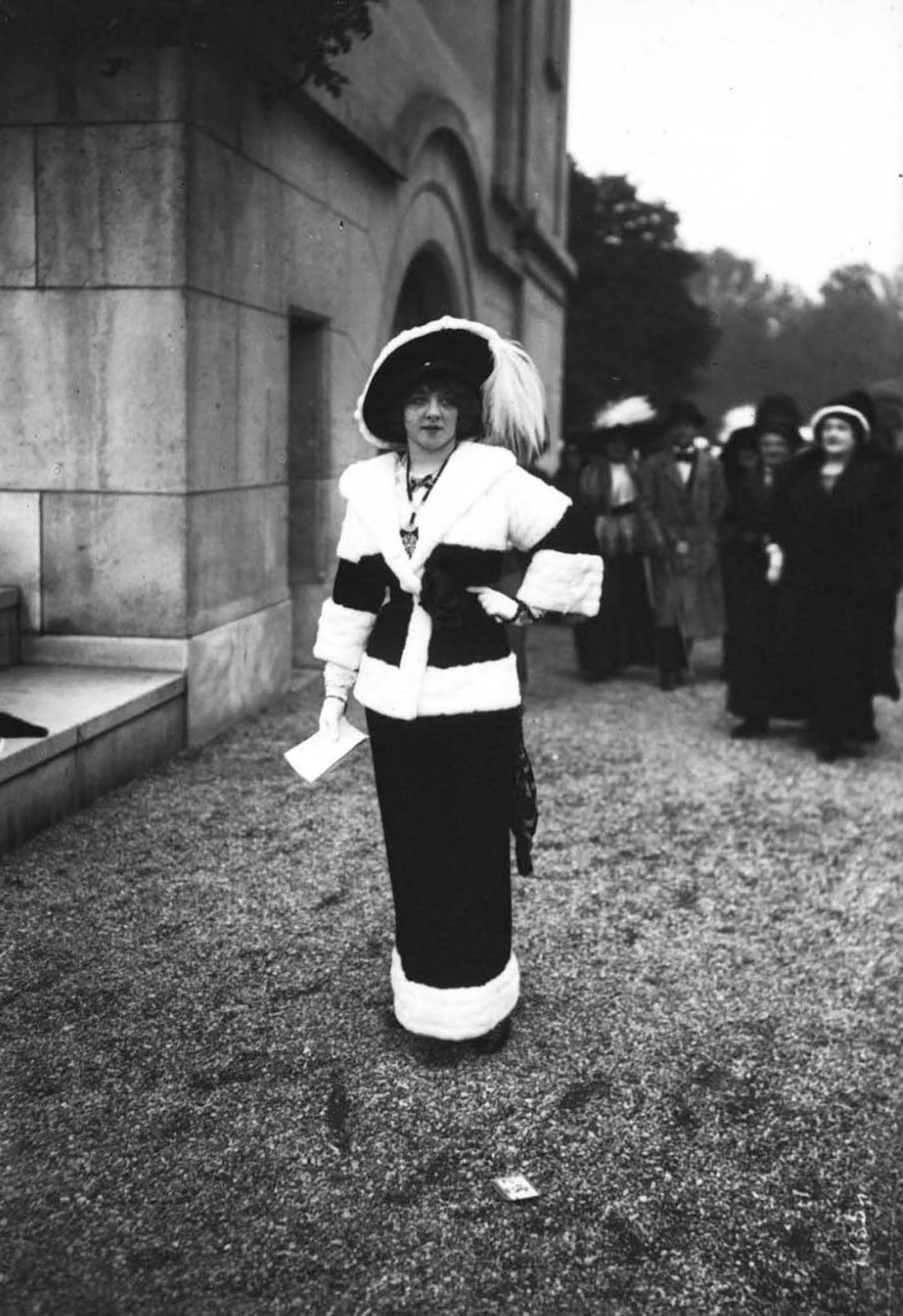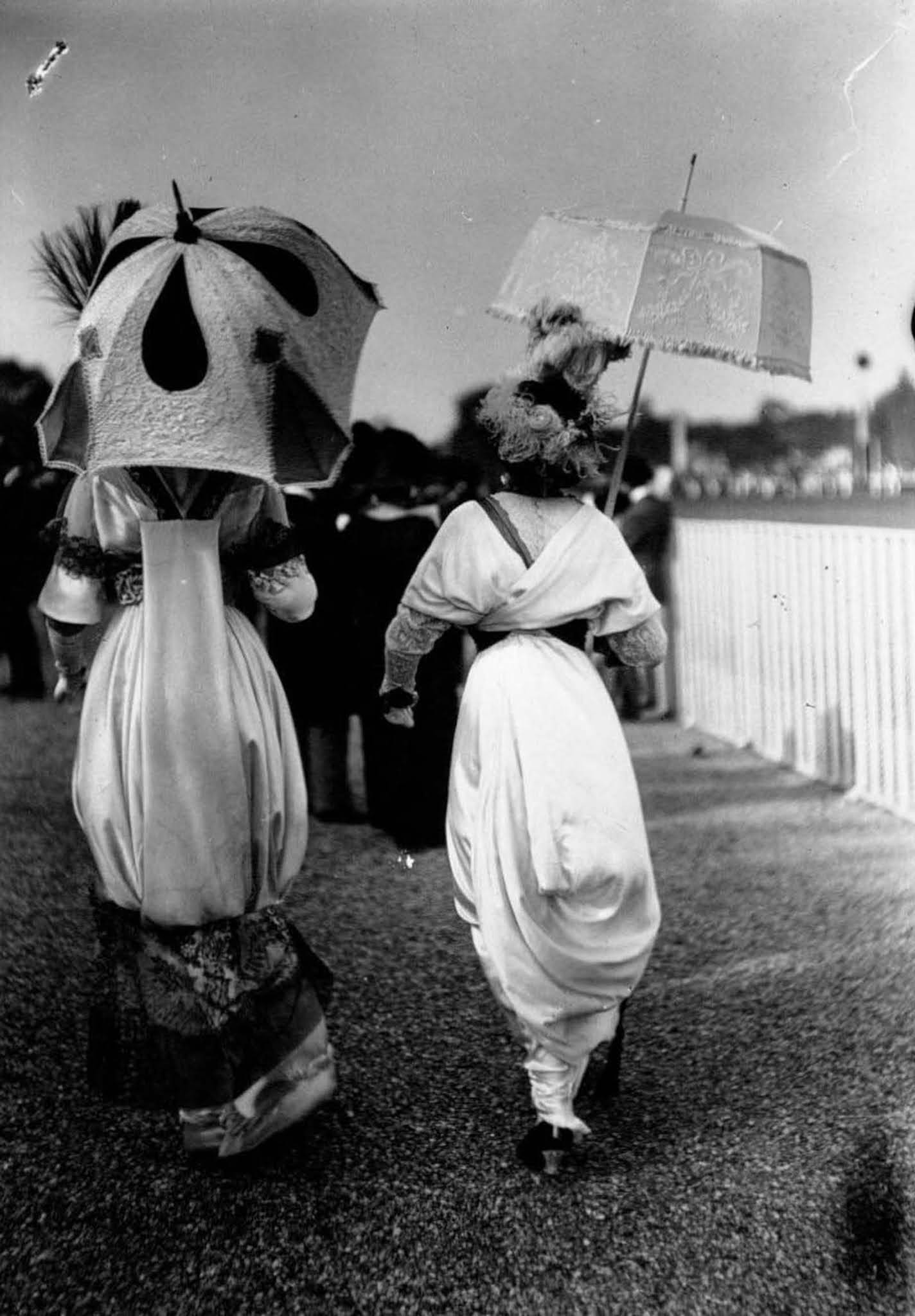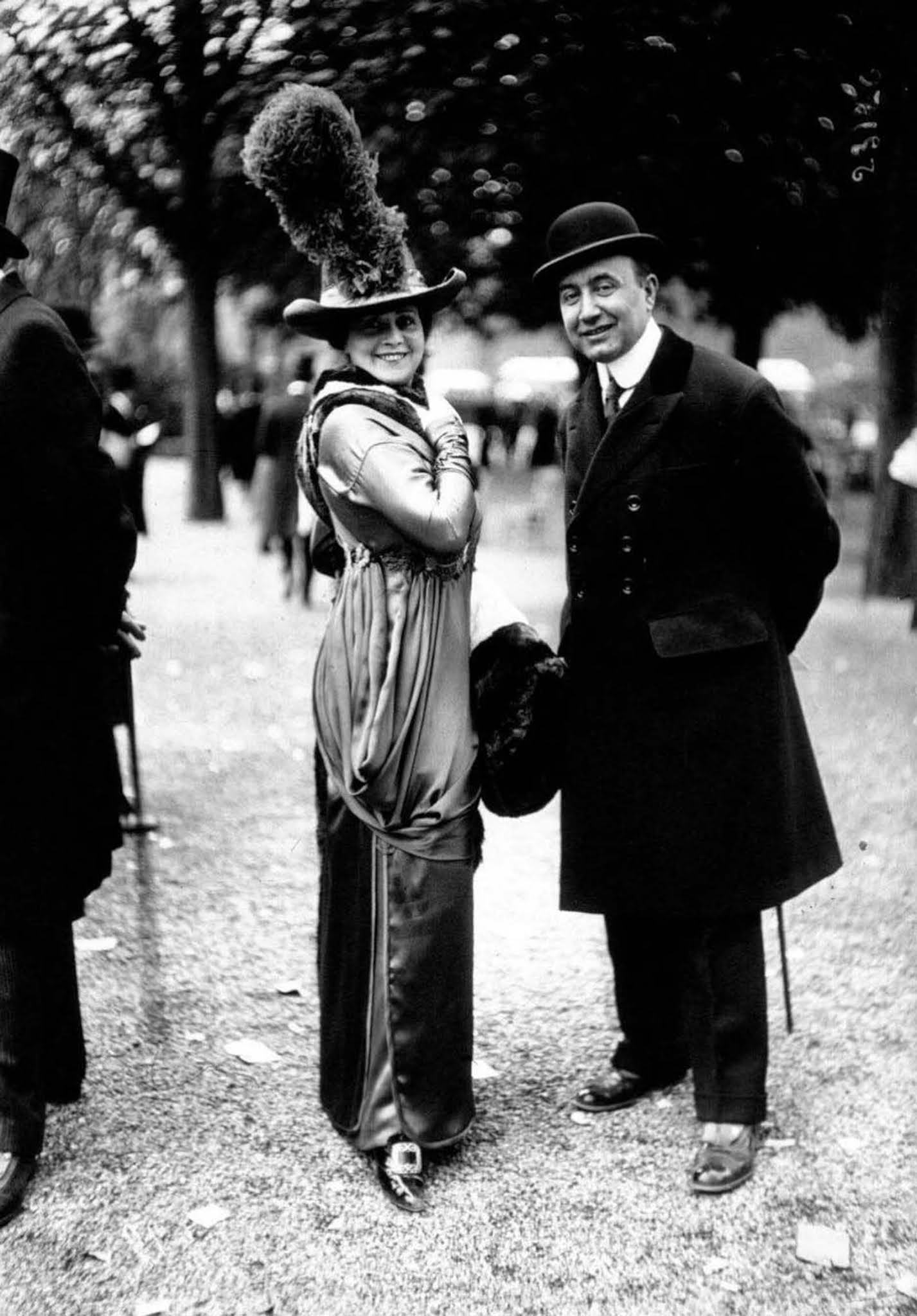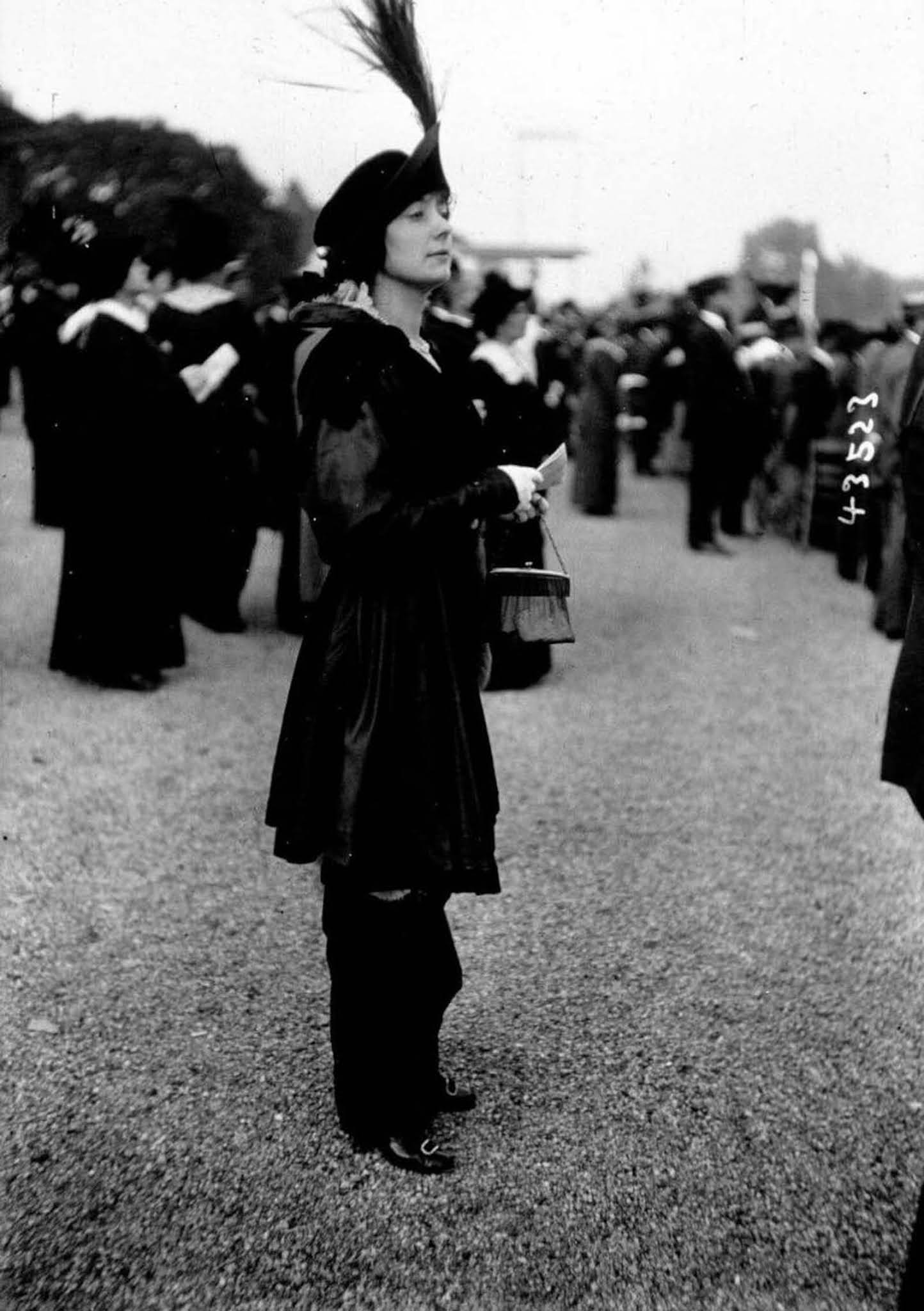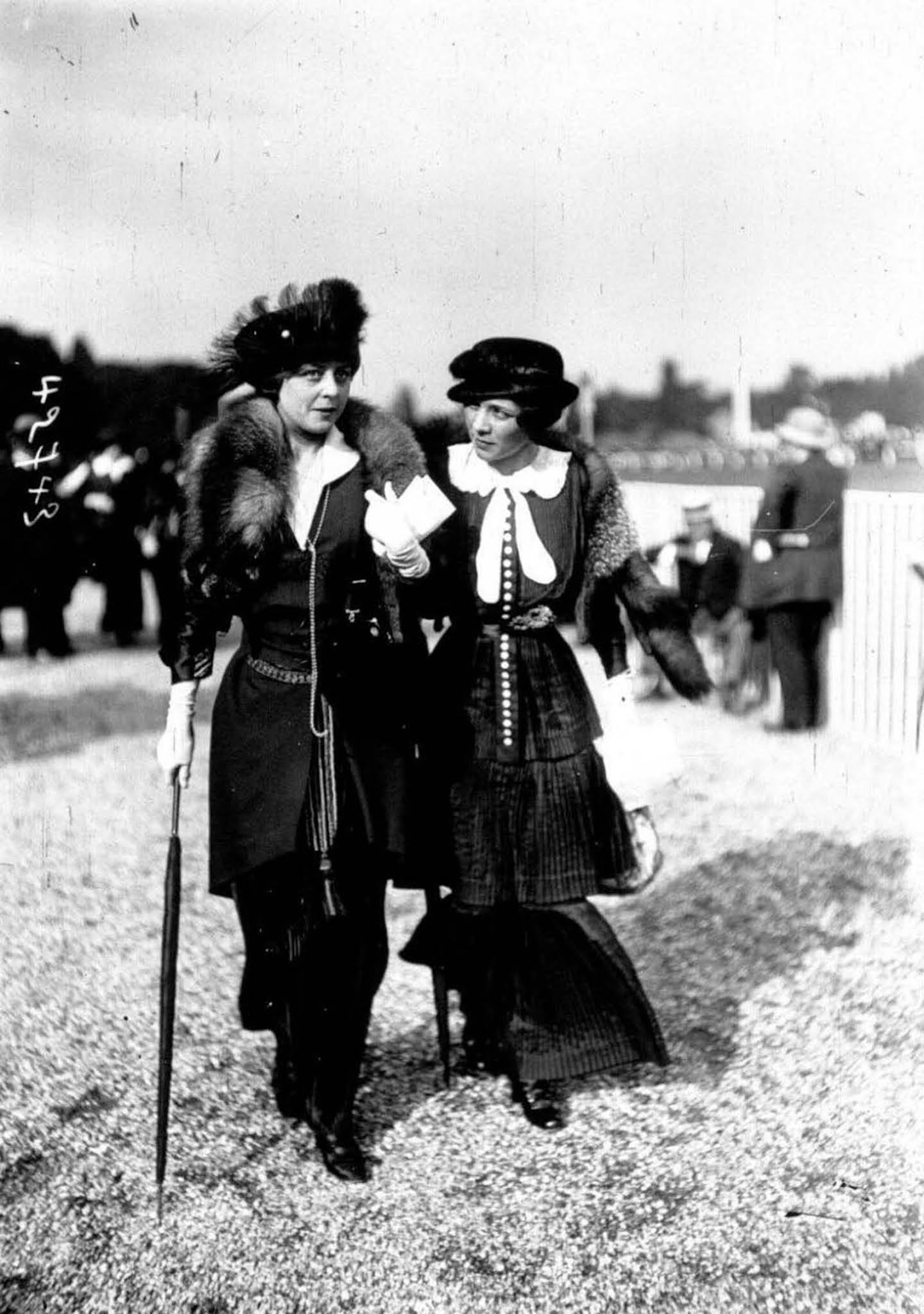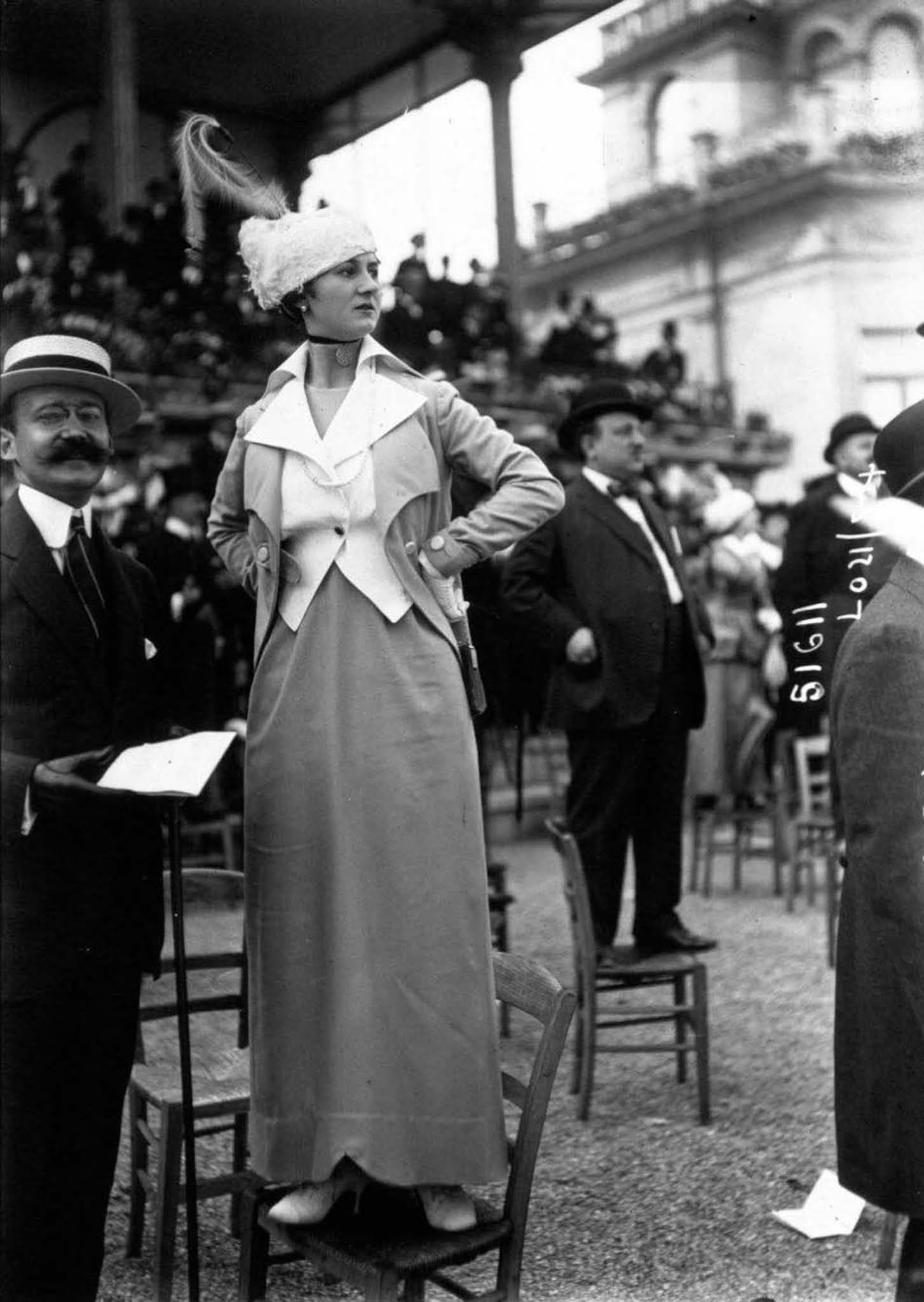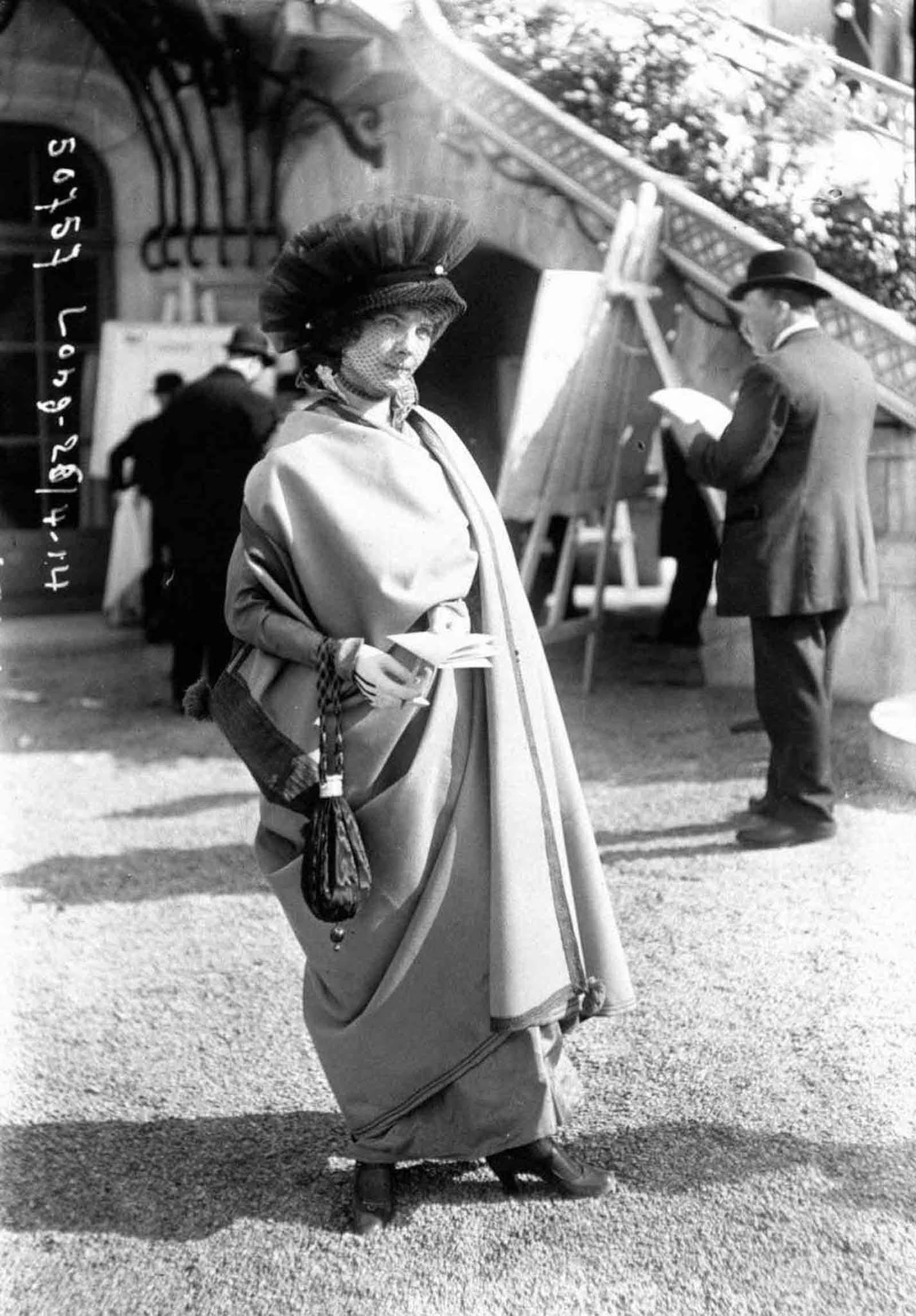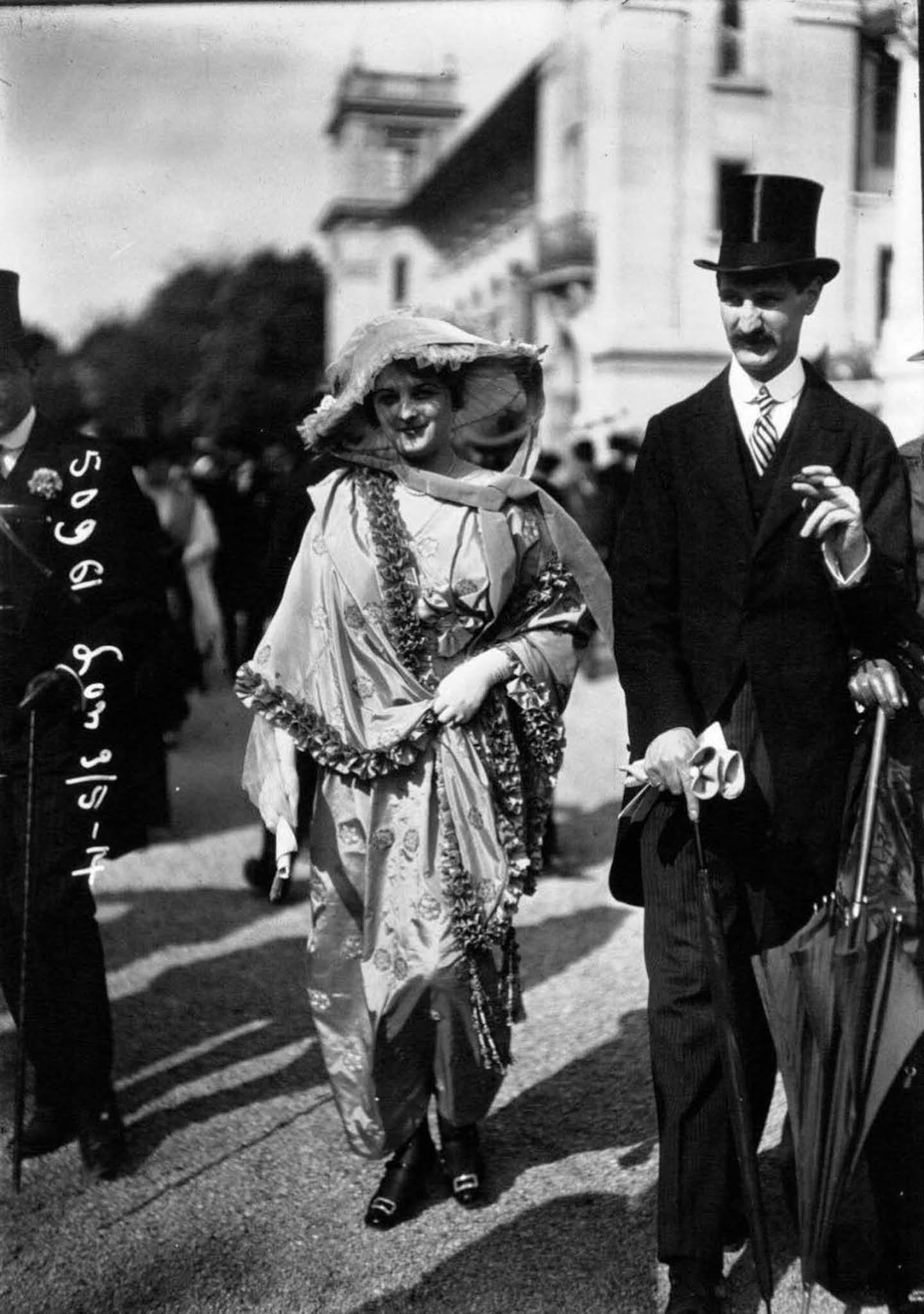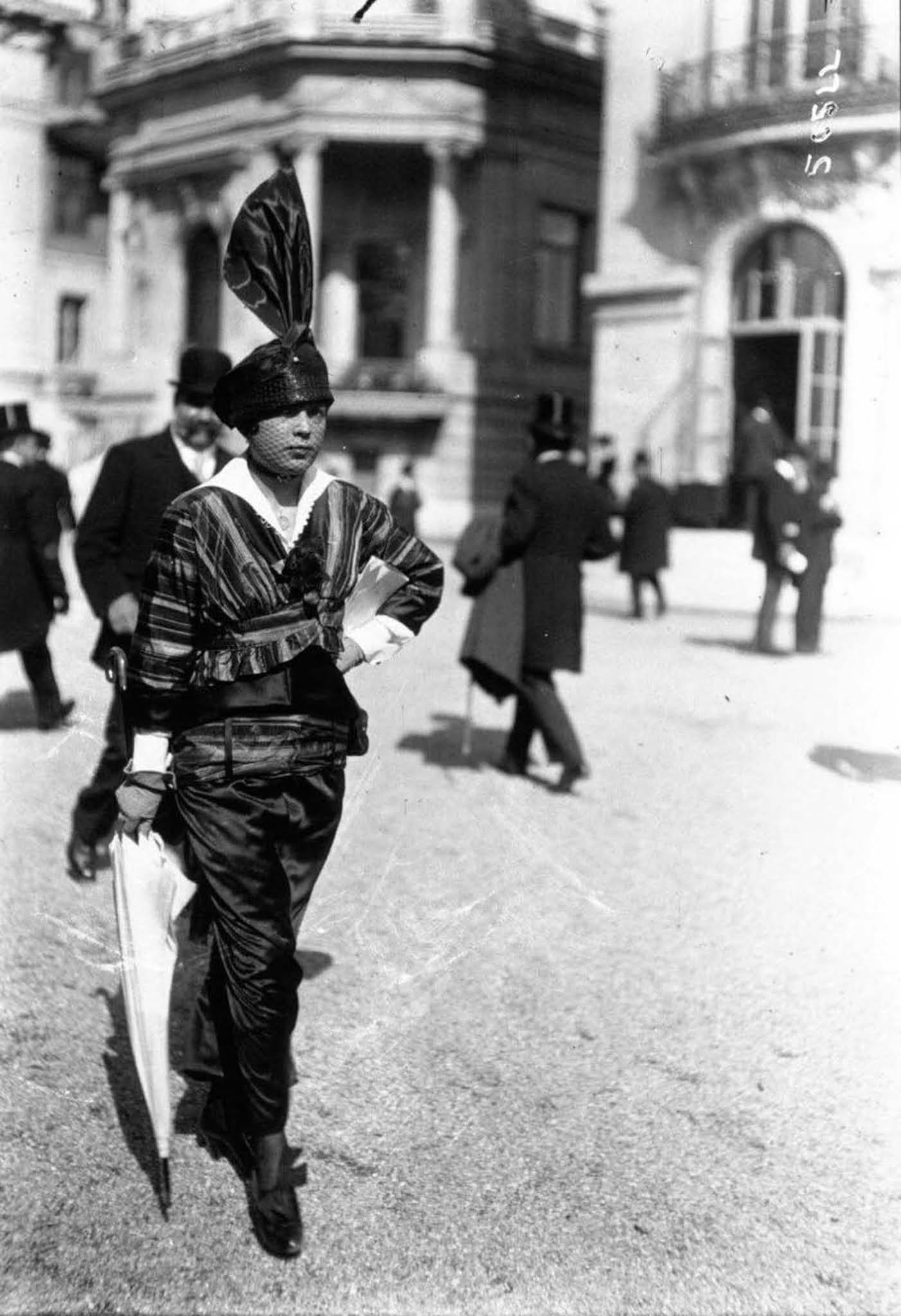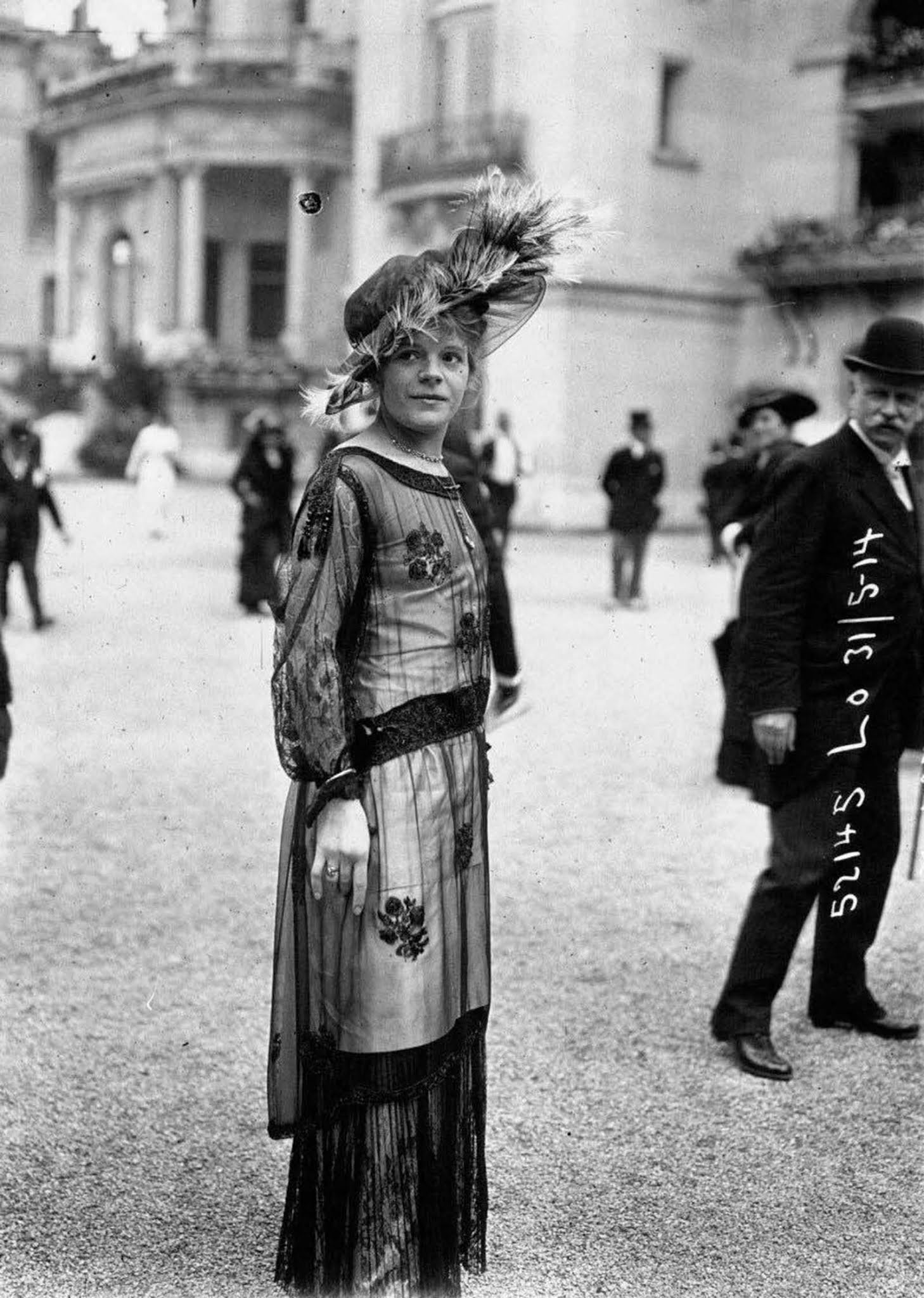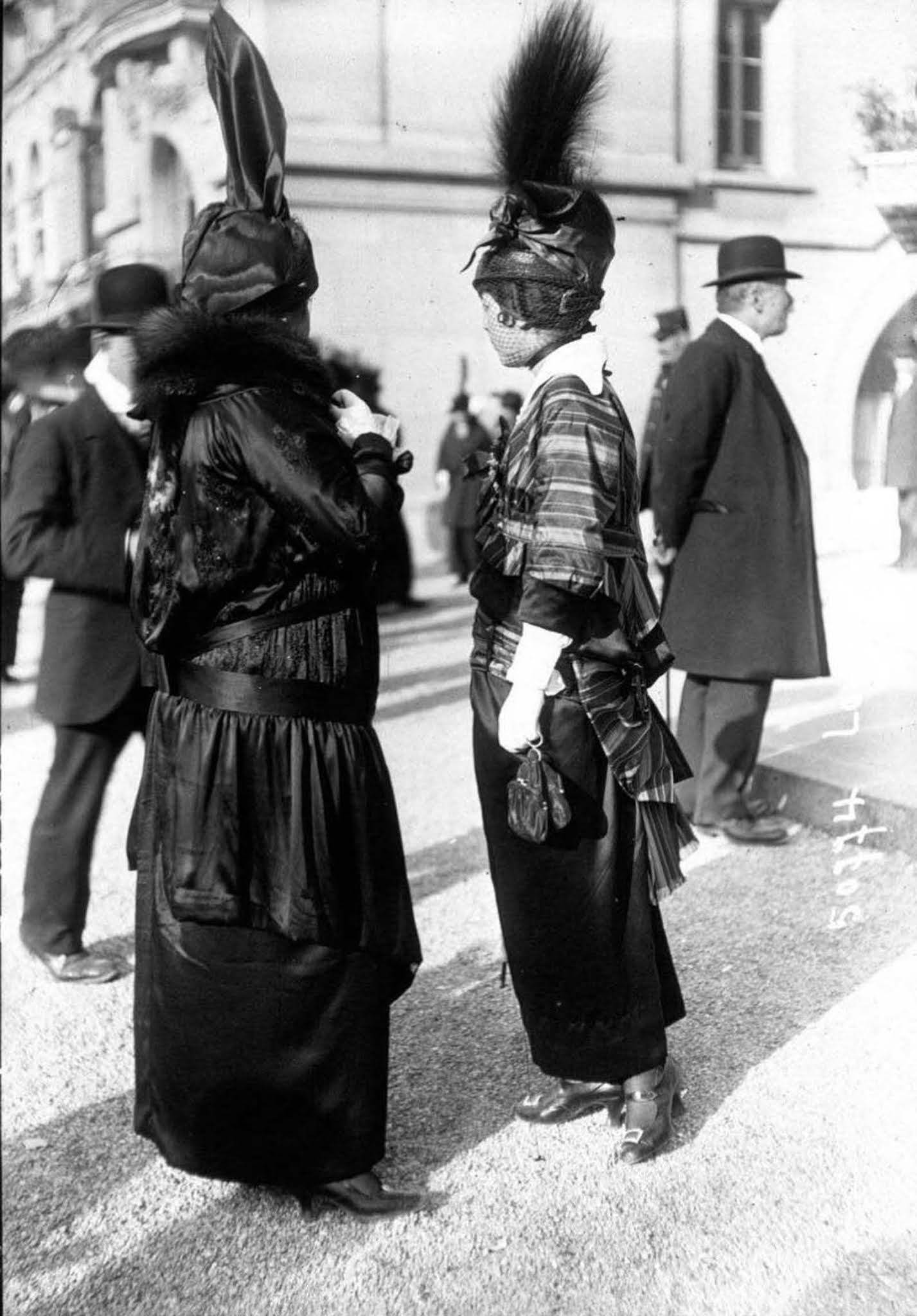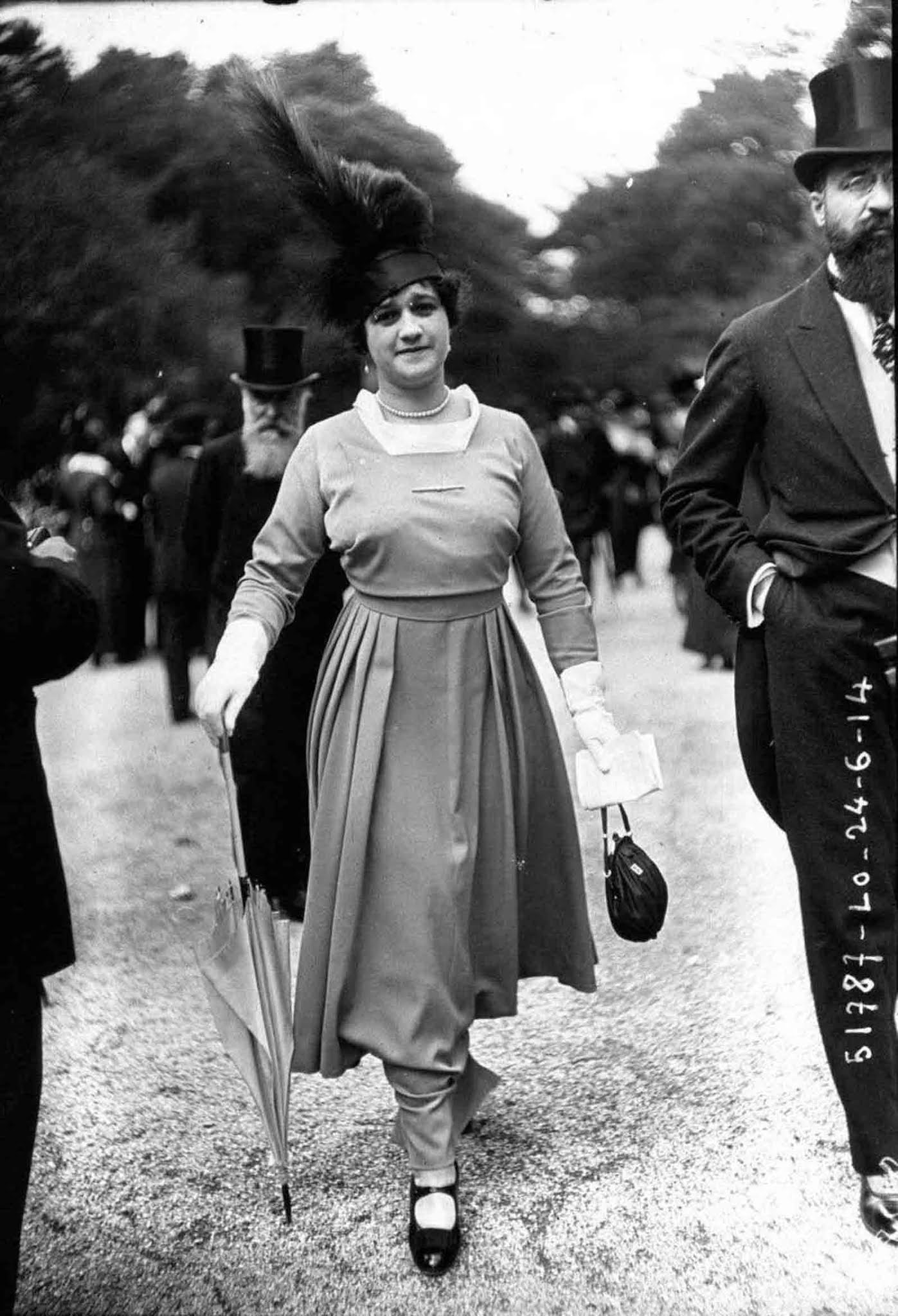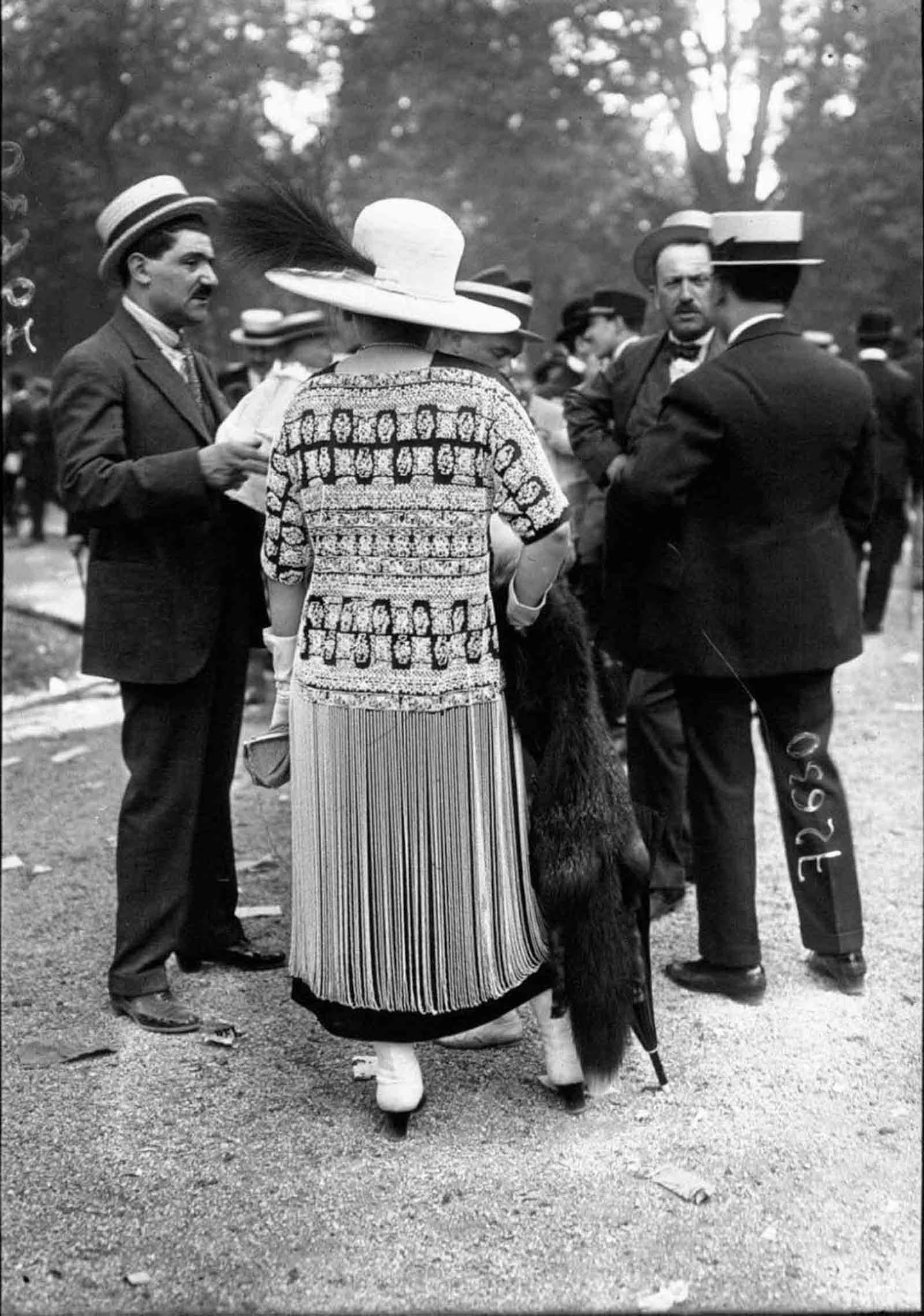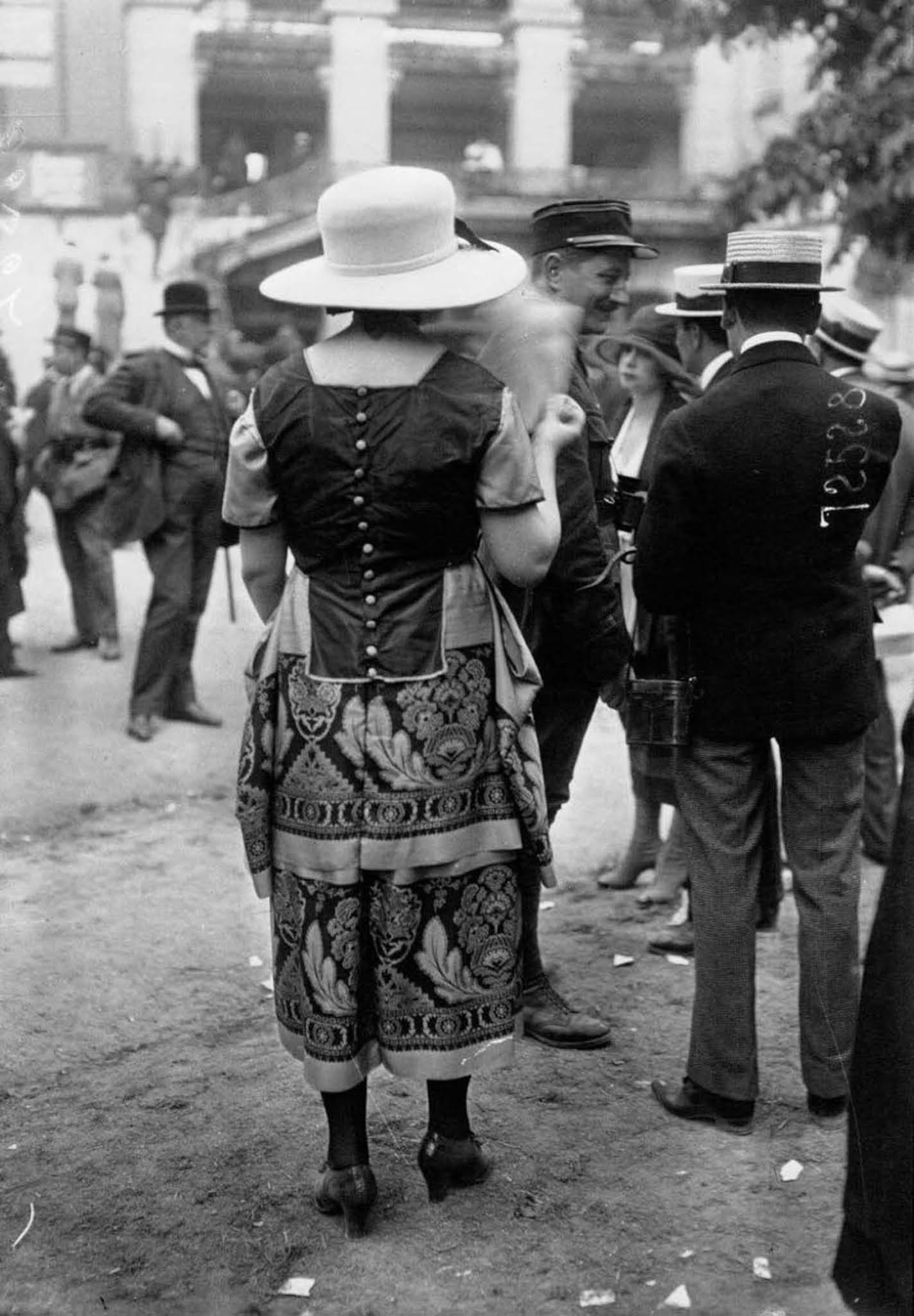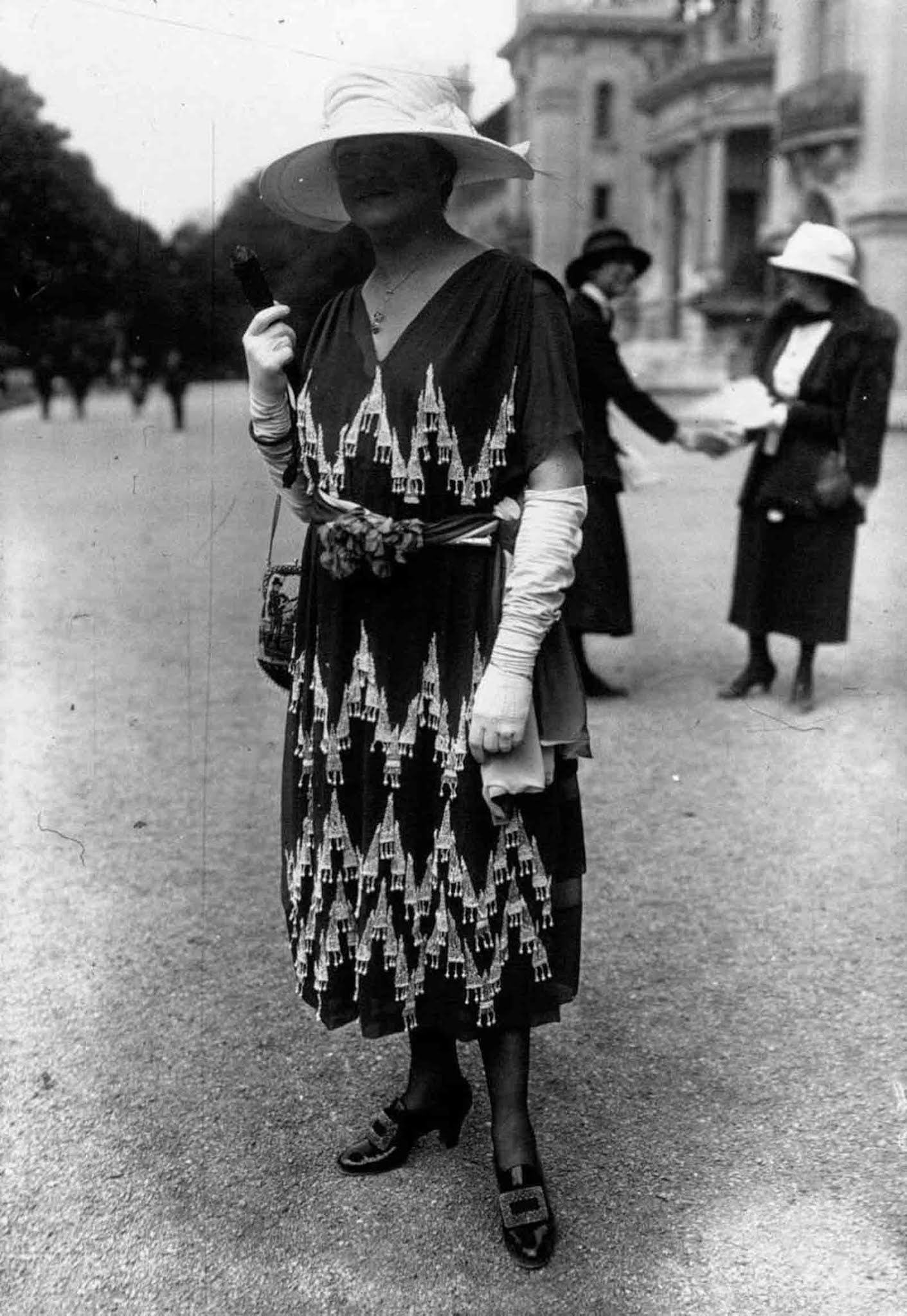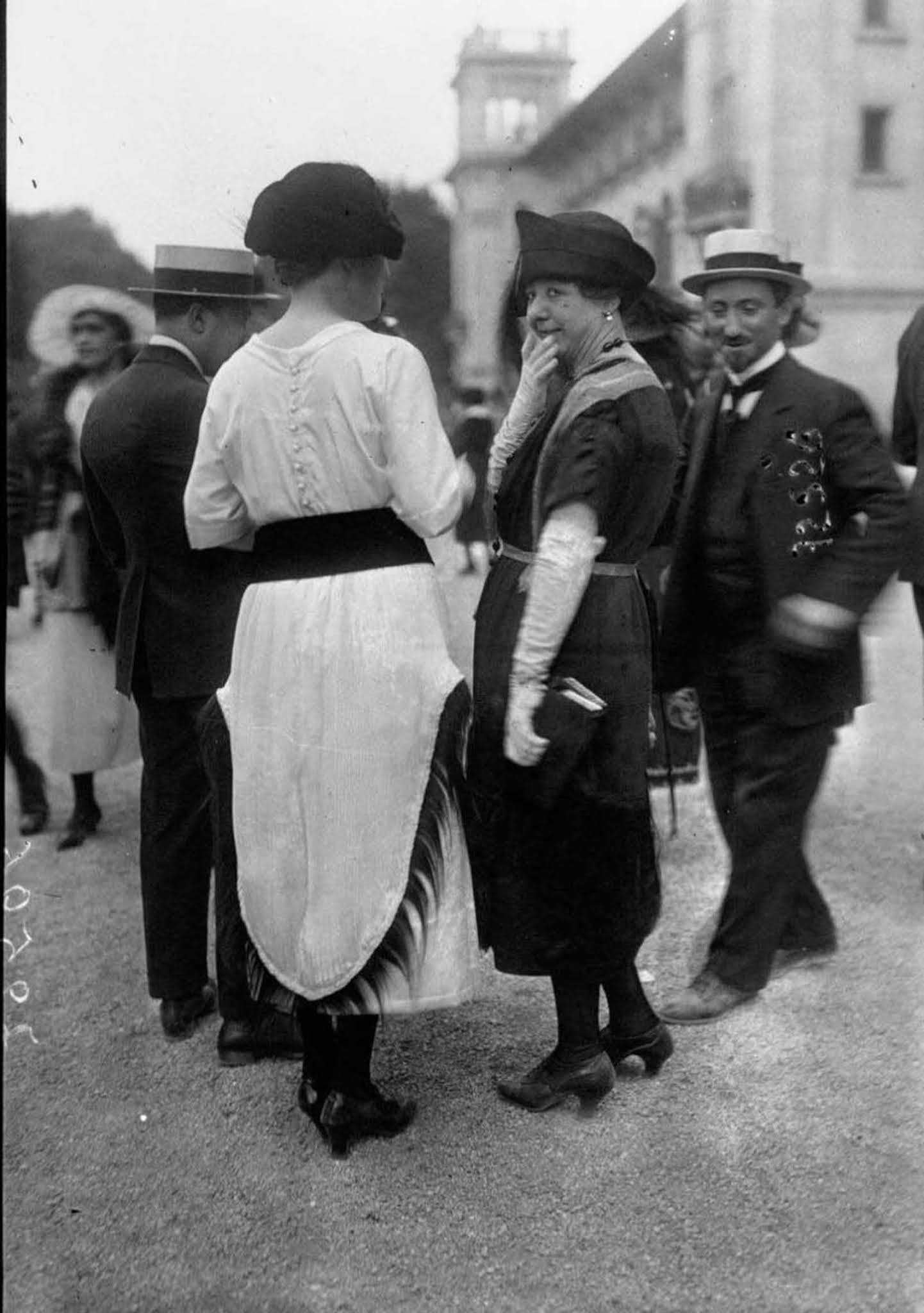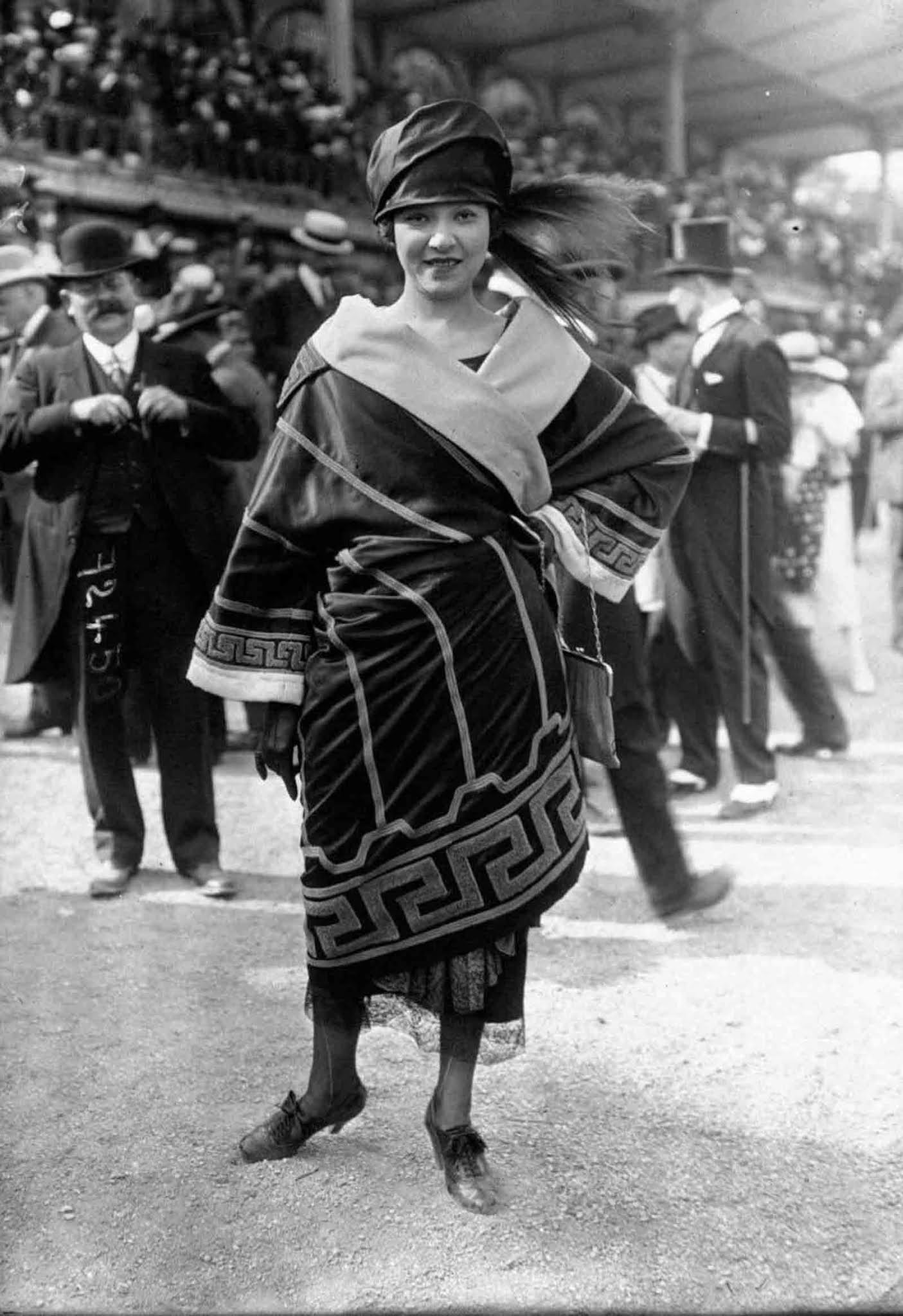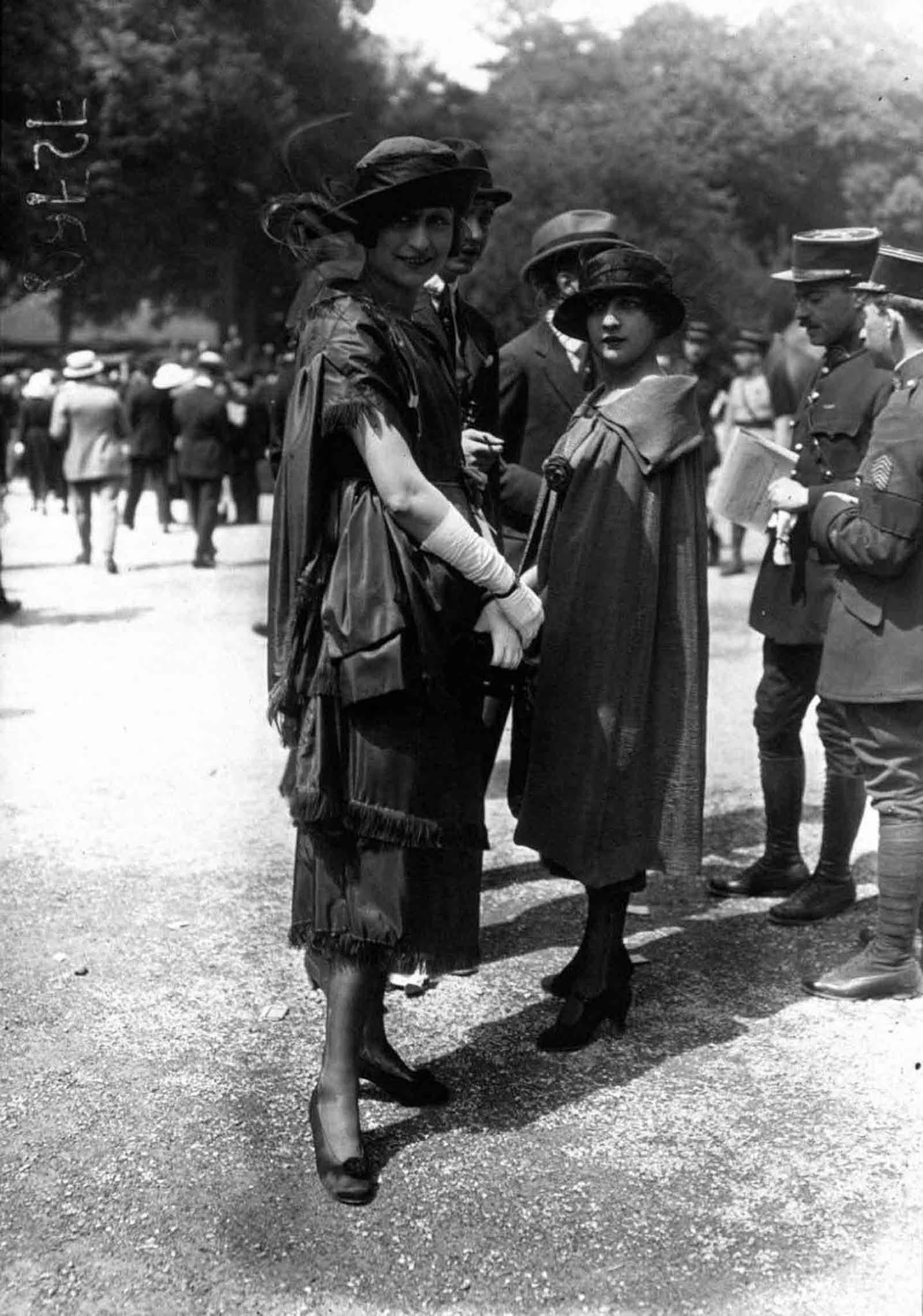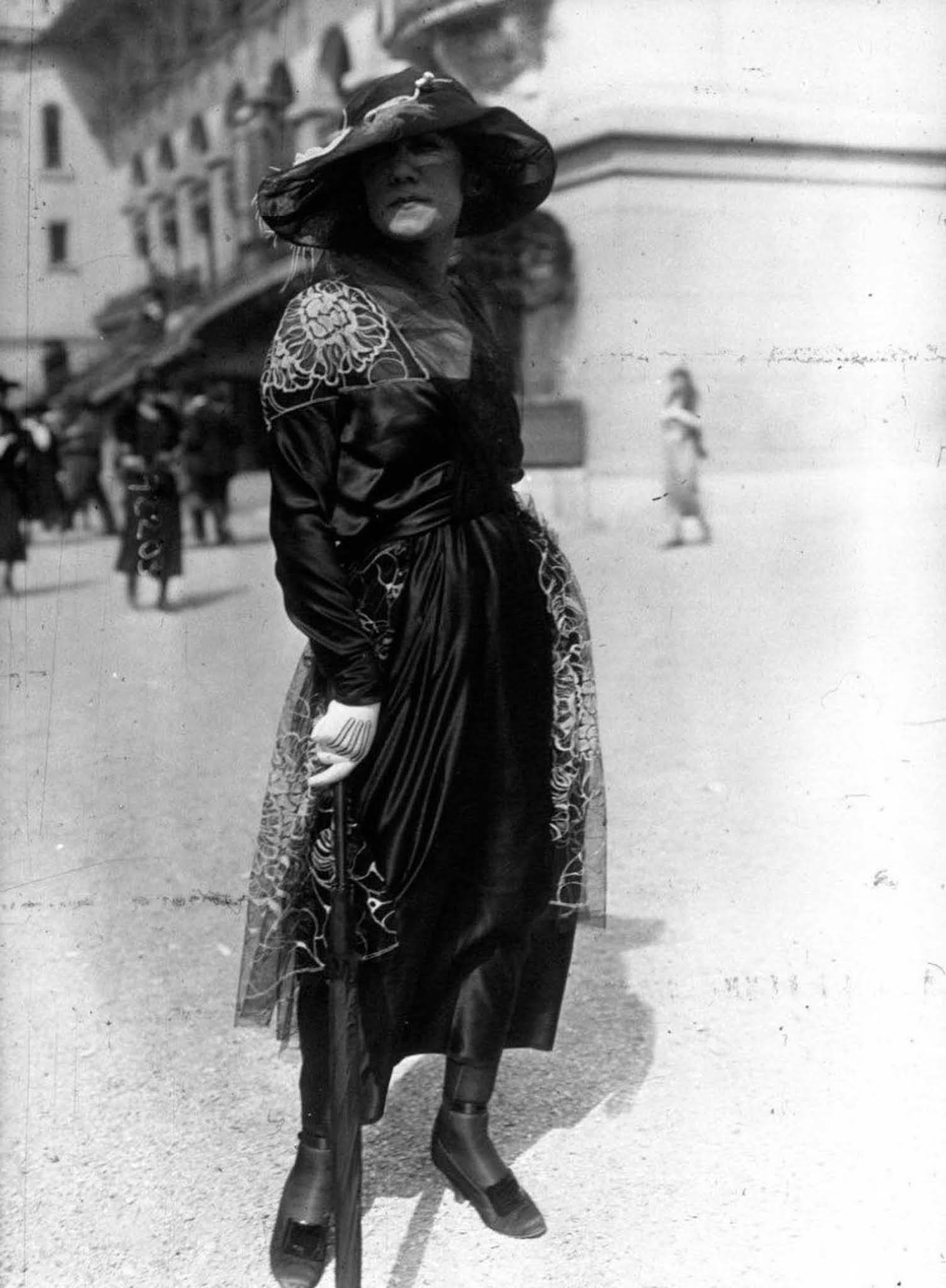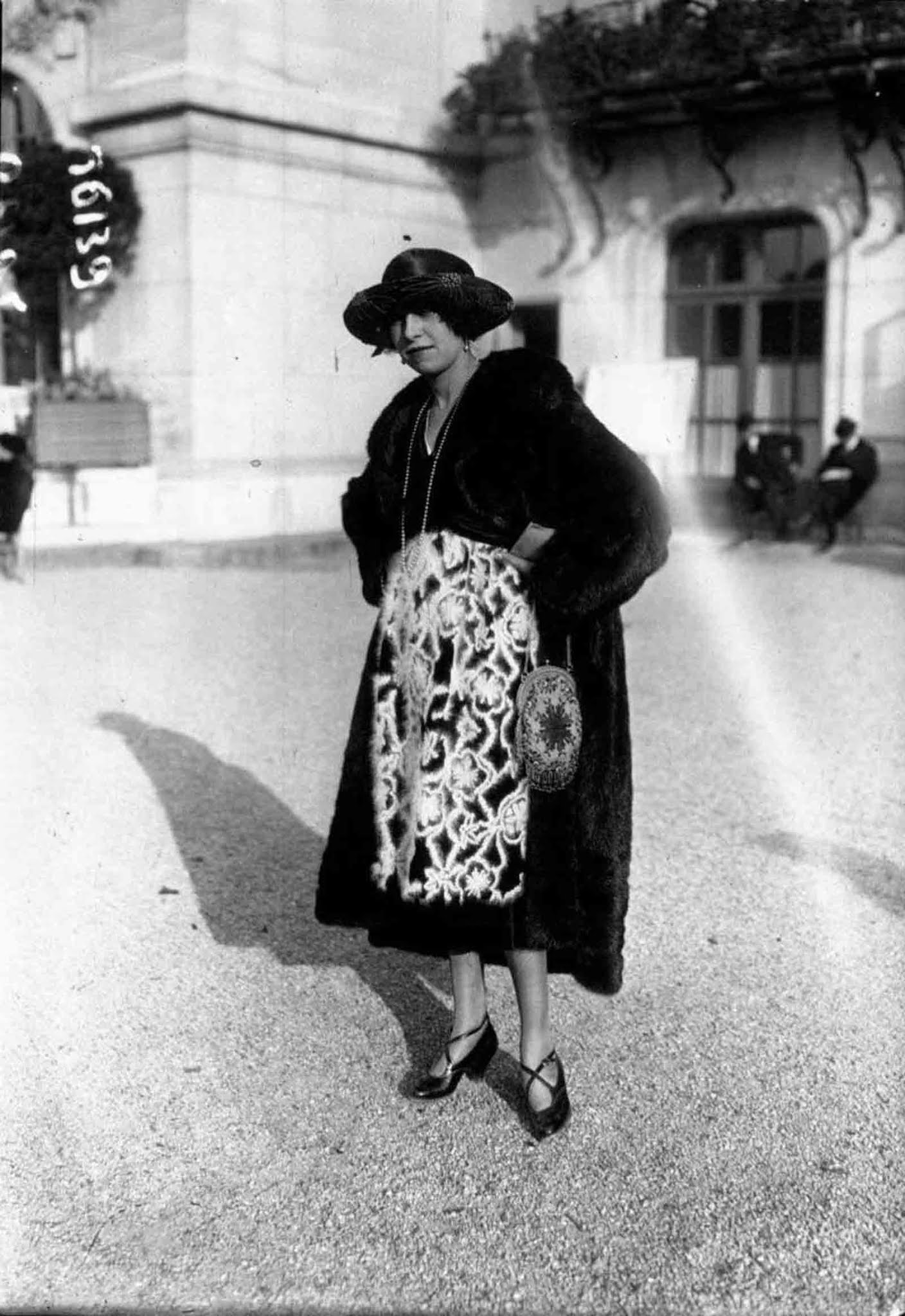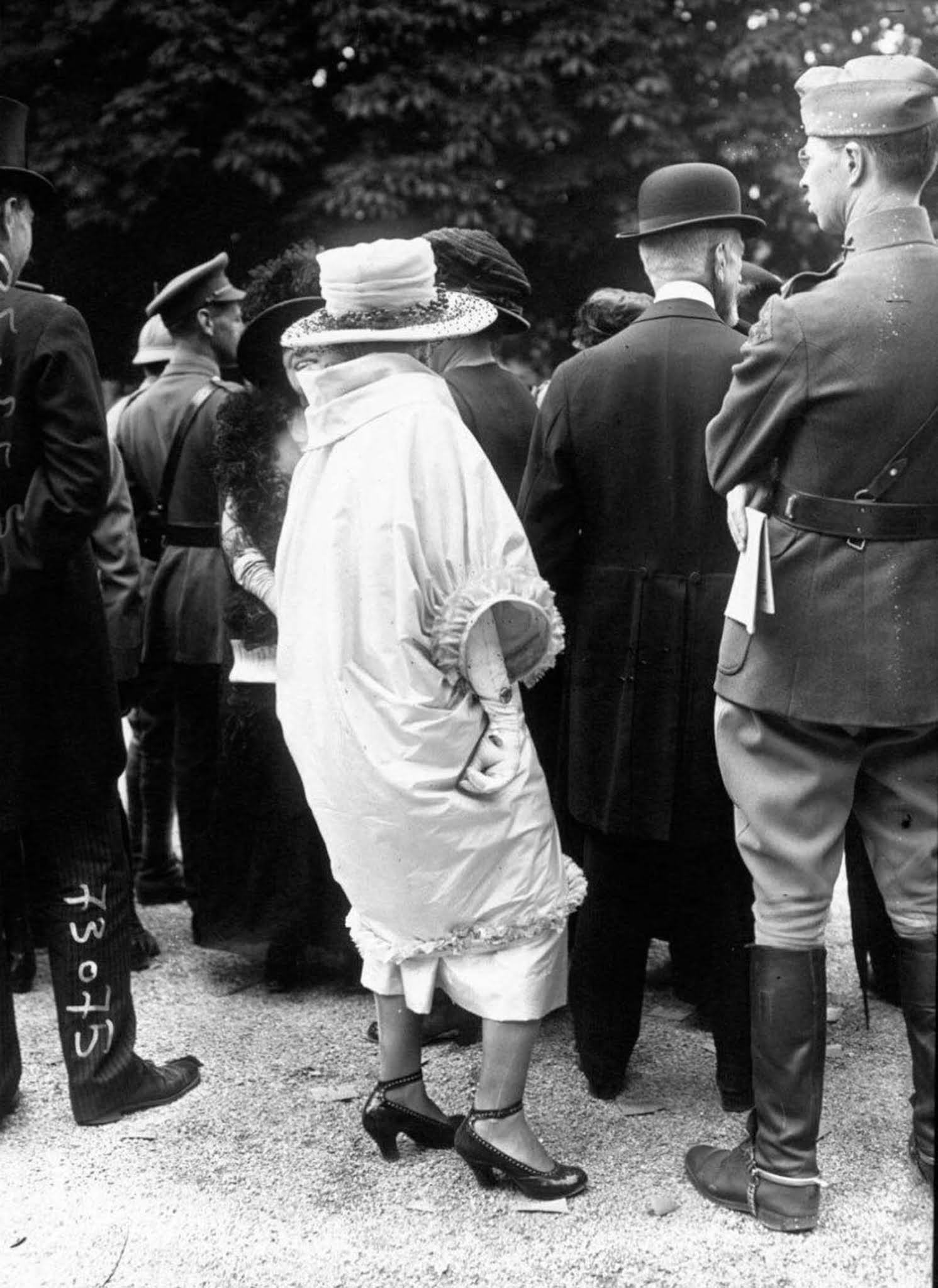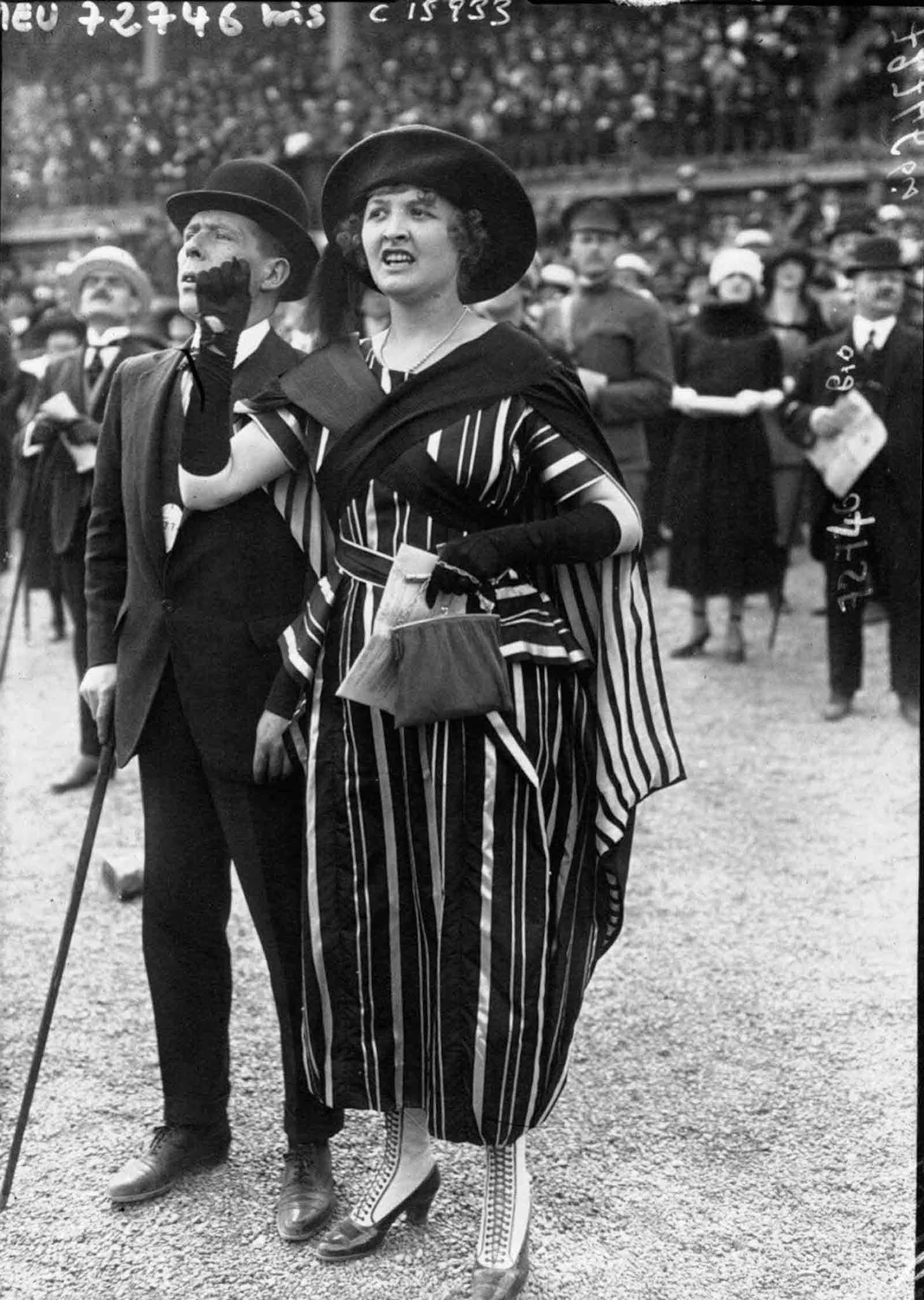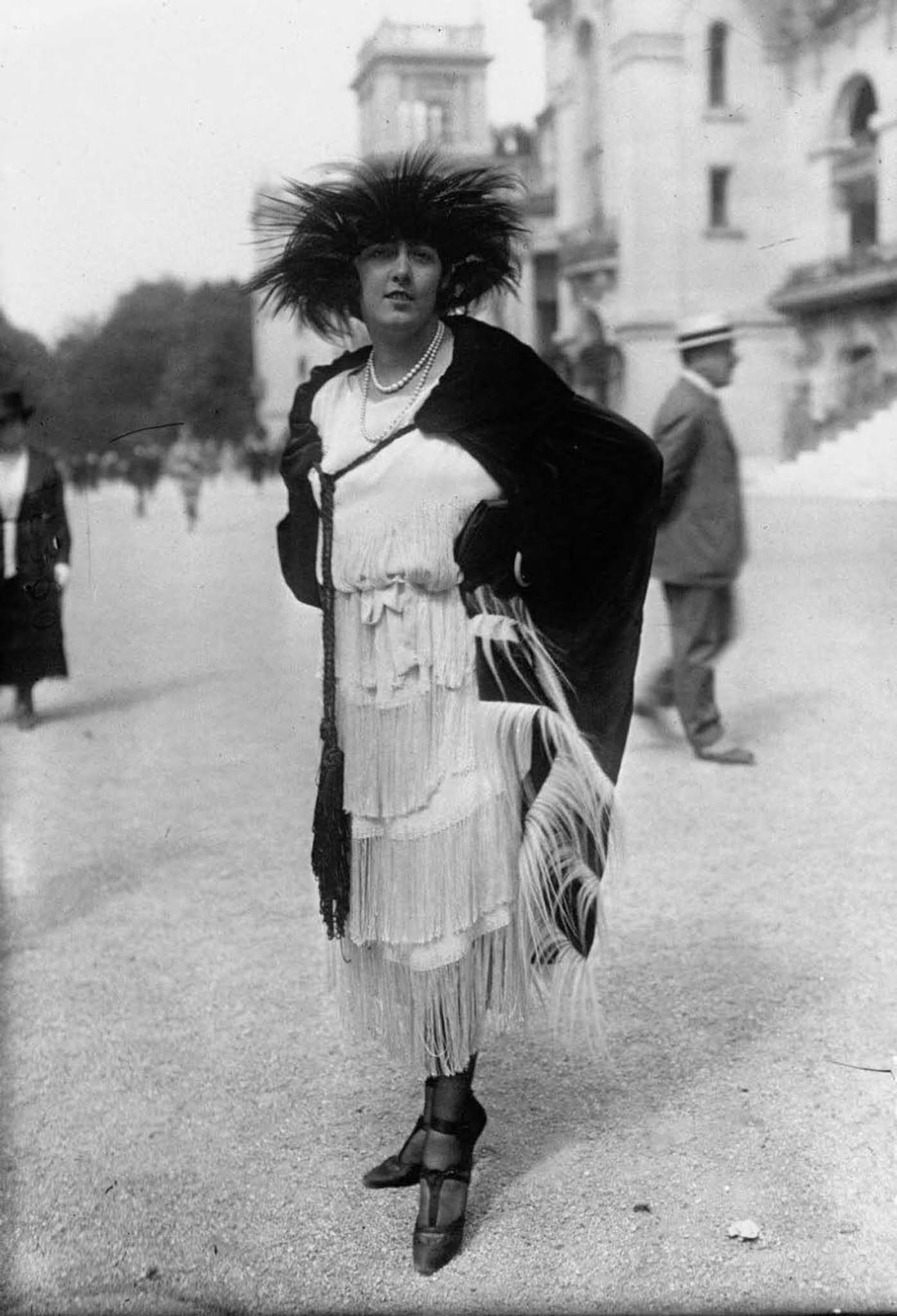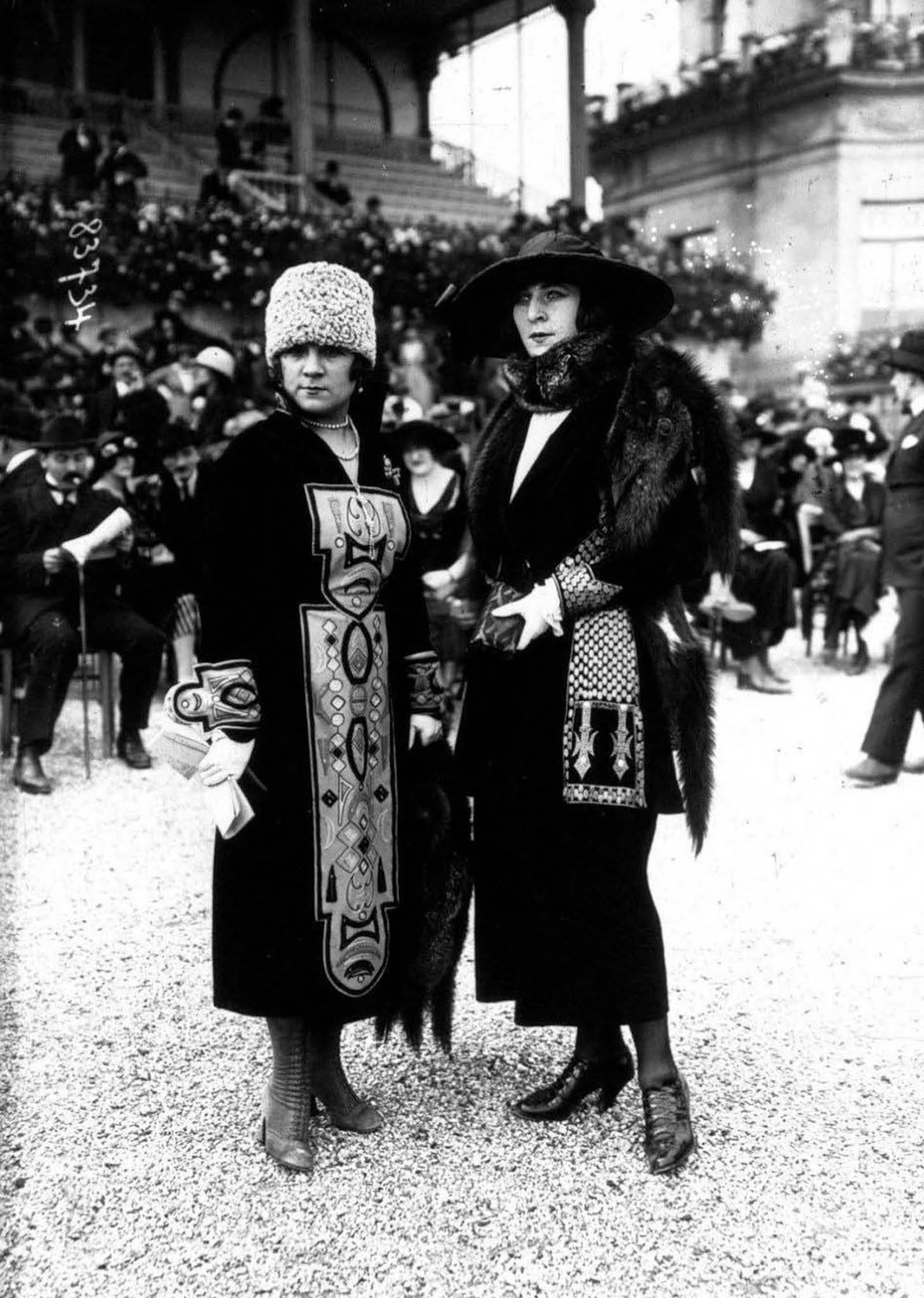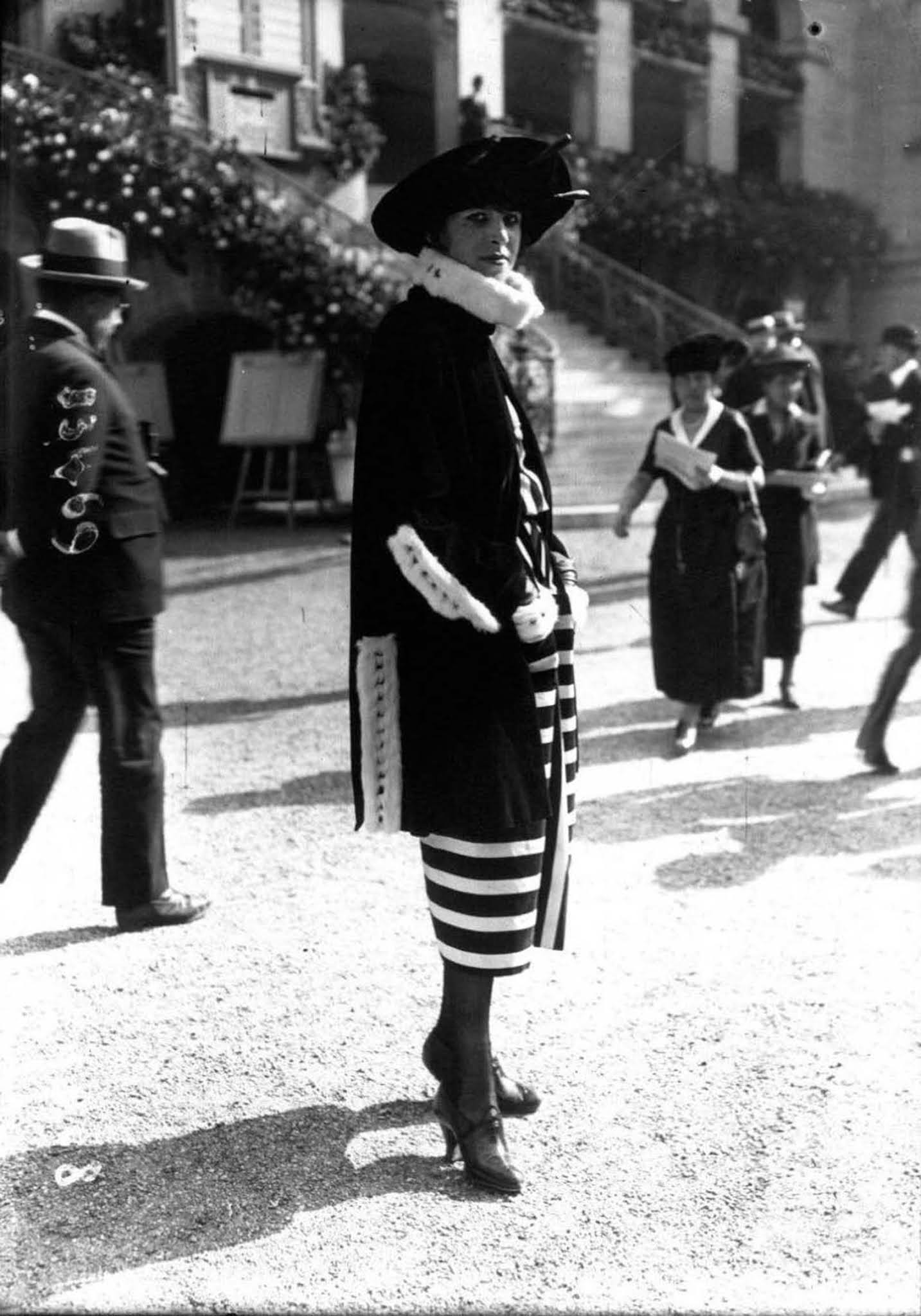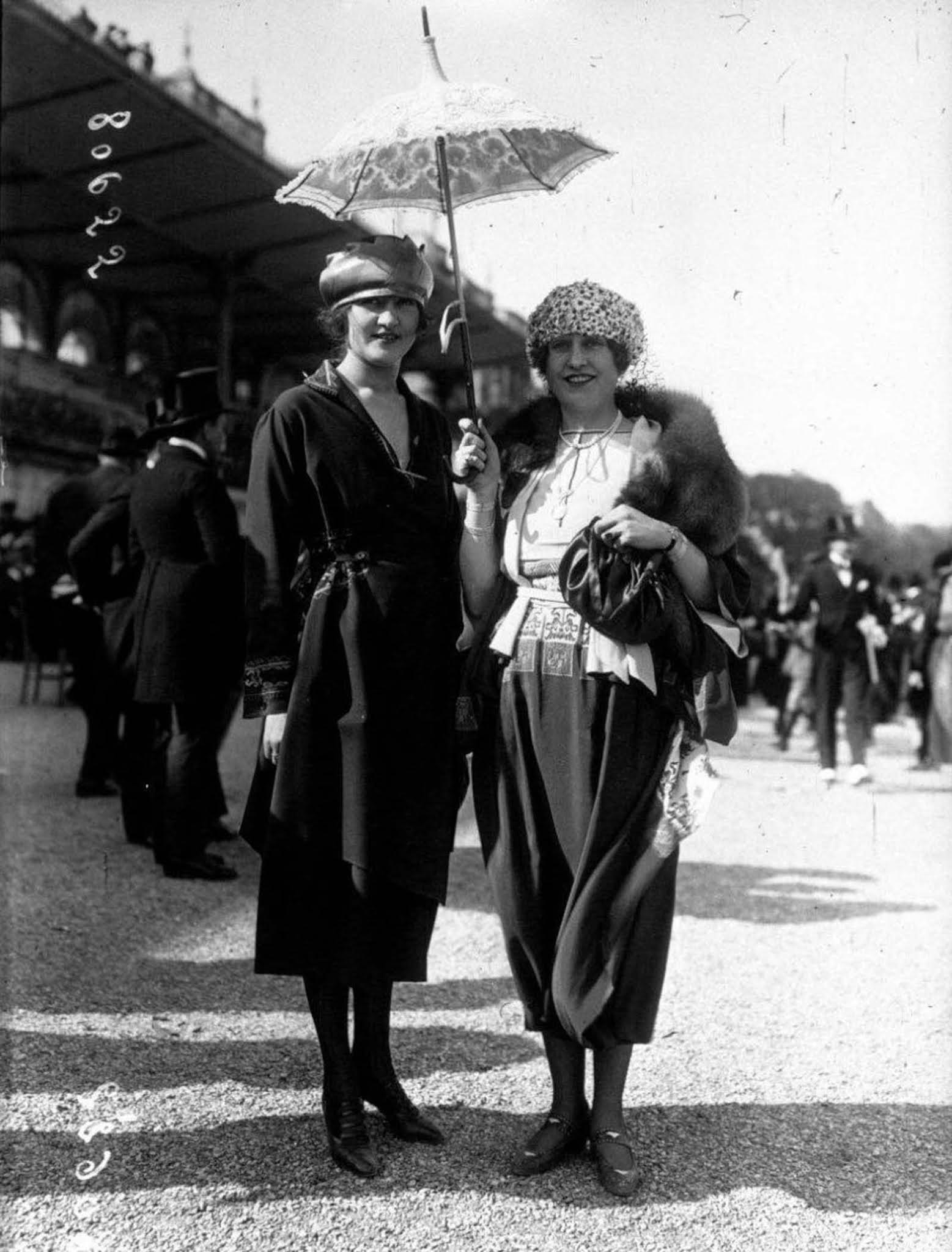France became dominant in the high fashion (couture or haute couture) industry by the end of the 19th century through the establishment of the great couturier houses. The technology started to redefine Western society in many ways and this continued into the next decades as well. New inventions, the car, eased the lives of people. Activities such as sports, dance, and tea parties were growing bigger in the last decade. The industry expanded through such Parisian fashion houses as the house of Jacques Doucet (founded in 1871), Rouff (founded 1884), Jeanne Paquin (founded in 1891), the Callot Soeurs (founded 1895 and operated by four sisters), Paul Poiret (founded in 1903), Louise Chéruit (founded 1906), Madeleine Vionnet (founded in 1912), House of Patou by Jean Patou (founded in 1919). The fashion of the 1910s was still very similar to the 1900s. With a puffy chest, a small waist, and long dresses/skirts. The fashion was overall still very petite and romantic, with bright and dove colors as purple, pink, and peach. A lot of lace, details, and white to capture the pure and innocent fashion. Following the 1910 performance of “Scheherazade” by the Ballets Russes in Paris, a fashion mania for oriental styles was born. Designs became asymmetrical.
Preferred fabrics were satin, taffeta, chiffon, and lightweight silks, and cotton for the summer. Hemlines gradually rose and the female silhouette became straighter and flatter. The Art Deco movement began to emerge at this time and its influence was evident in the designs of many couturiers of the time. Simple felt hats, turbans, and clouds of tulle replaced the styles of headgear popular in the 1900s (decade). It is also notable that the first real fashion shows were organized during this period in time, by the first female couturier, Jeanne Paquin, who was also the second Parisian couturier to open foreign branches in London, Buenos Aires, and Madrid. Two of the most influential fashion designers of the time were Jacques Doucet and Mariano Fortuny. The French designer Jacques Doucet excelled in superimposing pastel colors and his elaborate gossamery dresses suggested the Impressionist shimmers of reflected light. His distinguished customers never lost a taste for his fluid lines and flimsy, diaphanous materials. While obeying imperatives that left little to the imagination of the couturier, Doucet was nonetheless a designer of immense taste and discrimination, a role many have tried since, but rarely with Doucet’s level of success. The extravagances of the Parisian couturiers came in a variety of shapes, but the most popular silhouette throughout the decade was the tunic over a long underskirt. Early in the period, waistlines were high (just below the bust), echoing the Empire or Directoire styles of the early 19th century. Full, hip-length “lampshade” tunics were worn over narrow, draped skirts. By 1914, skirts were widest at the hips and very narrow at the ankle. These hobble skirts made long strides impossible. Waistlines were loose and softly defined. They gradually dropped to near the natural waist by mid-decade, where they were to remain through the war years. Tunics became longer and underskirts fuller and shorter. By 1916 women were wearing calf-length dresses.
The tailleur or tailored suit of matching jacket and skirt was worn in the city and for travel. Jackets followed the lines of tunics, with raised, lightly defined waists. Fashionable women of means wore striking hats and fur stole or scarves with their tailleurs, and carried huge matching muffs. Most coats were cocoon or kimono shaped, wide through the shoulders and narrower at the hem. Fur coats were popular. Shoes had high, slightly curved heels. Shorter skirts put an emphasis on stockings, and gaiters were worn with streetwear in winter. “Tango shoes” inspired by the dance craze had crisscrossing straps at the ankles that peeked out from draped and wrapped evening skirts. In this article, you can flip through pictures of probably the worlds’ first street style photographs taken at Parisian races such as at the Longchamp Racecourse Grand Prix on the banks of the Seine River.
(Photo credit: Agence Rol / Europeana Archives / Wikimedia Commons). Notify me of new posts by email.
Δ Subscribe
